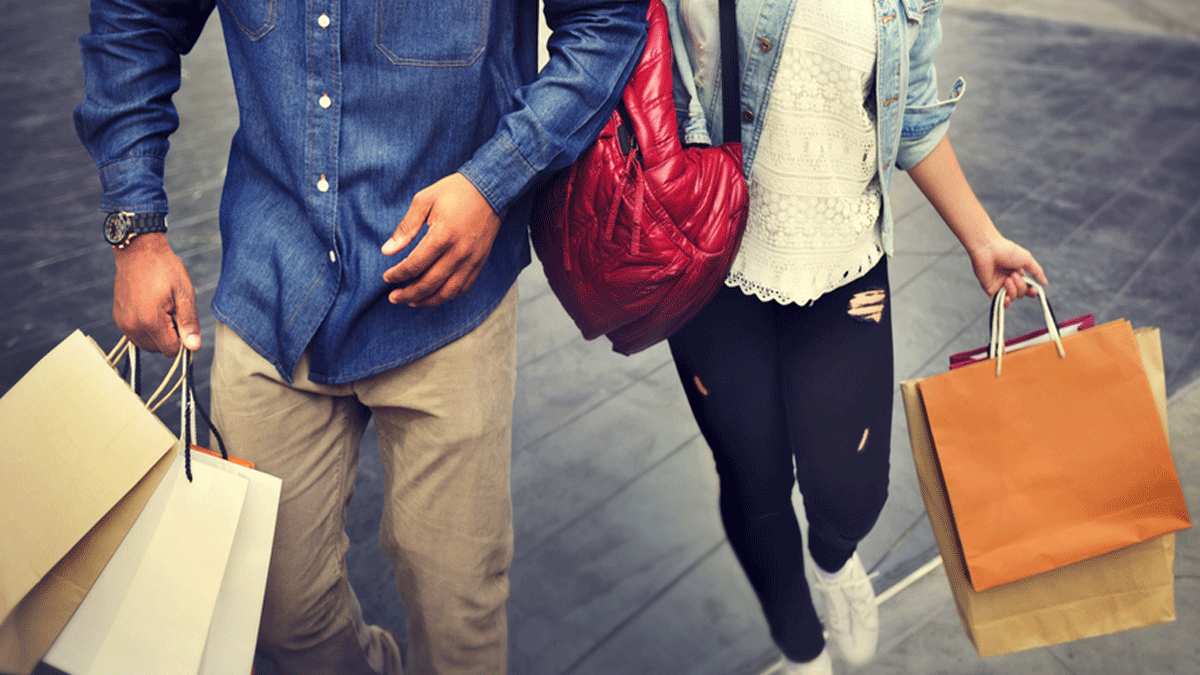Do you know the revolutionary ways to connect with your customers and drive favorable business results? With the advancement in technology and digital transformation, it is imperative to deploy the latest trends, which are quite different from the ones you used in 2018. Nowadays, customer behavior is changing. People are investing in brick-and-mortar stores but rely on online product research. They are willing to deploy new aspects in their eCommerce business but are still unsure about sharing personal data on the web.
As per the research of BOND Internet Trends 2019, the eCommerce share reached around 15% of the total retail sales. It is anticipated that the current trend will continue to grow in the year 2020 and beyond. As the current retail technology trends are rapidly changing the industry landscape, businesses should have the know-how with the advancements in technology and be prepared for the new opportunities and market challenges.
If you are intending to stay ahead of the competition, but are finding it daunting to figure out which retail technology trends to consider while ensuring business continuity, we’ve got your back. Read more about 6 Benefits of Business Continuity Plan You Definitely Want for Your Business. Here is the industry vision of the expected retail technology trends in 2020.
❖ Trend 1: AR (Augmented Reality) and VR (Virtual Reality):
In this fast-paced world, business success depends on how well you can deploy and leverage tech changes. Customer needs are what should be your top priority, and customers want an immersive and smooth shopping experience. In such a scenario, augmented reality is expected to bring great shopping experience to customers. According to the BRP, around 50% of shoppers prefer to buy from the retailers that offer AR/VR experiences. The use of virtual and augmented reality can facilitate customers with the following:
* Trying and modelling products with mobile devices
* Browse Catalogs and Facilities
* Create custom merchandise
❖ Trend 2: Cybersecurity as the Utmost Importance:
The security and comfort of buyers should be the first thing that retailers need to consider while considering implementing new technology. However, retail businesses have always been the prime targets for hackers, thus businesses need to opt for the right security solution against cyber threats, data breaches, ransomware and so on. Having data security and network security solutions beforehand will help retailers to keep their data secure and ensure the success of their business.Regardless of the type/size of the business, every company is vulnerable to risk, thus it is important to take a proactive approach in terms of business data security. There are certain factors that put businesses closer to risk when it comes to cyber threats. These factors include-
* Input Validation: SQL and even code injections issue can lead to system vulnerabilities. Enterprises should consider validating parameters on both backend and frontend, validate content and update a standard policy for content security.
* Insecure Data Storage: Passwords are more vulnerable to hacks. But even if the company stores’ customers passwords with added security, the system can still be accessed in an unauthorized manner.
Thus, to enforce cybersecurity, it is quite beneficial to implement these simple steps:
* Educate your team about information security by providing training and awareness. Provide real-life examples about both technical as well as non-technical aspects so that the team can relate with that and avoid similar behaviour. Know more about- 7 Measures to Take for Training Your Employees in Cybersecurity.
* Embed secure and reliable software development, and include consultancy at the early stage of the same to monitor security flows while saving up to 70% on fixing issues after the release.
* Consider using the latest third-party libraries and focus on installing security patches within your network.
❖ Trend 3: Identifying Patterns with Indoor Location-Based Services
One of the rising retail technology trends that helps stores identify customer buying patterns is indoor location-based services. These services include components such as, web/mobile solutions and compact 3D laser scanning carts. With these techniques, it is easier to view and analyze digitized building panoramas. LBS is considered the best approach to improve customer experiences while presenting them with relevant information and direction in physical retail stores. The most prominent and proven technologies in this area involve:
* Bluetooth beacons
* Digital representation of the internal space.
❖ Trend 4: Facial Recognition To Know You Customers
Facial recognition was the buzz word in the mid ’60s but that was the time when companies lacked both data storage and computation power. With the continuous advancements, facial recognition has become an indispensable part of security circuits and marketing.
In the retail world, biometric templates with facial recognition are widely used to avoid shoplifters or criminals, this allows retail stores supermarkets to reduce their potential losses. The technology is enabled with high-fidelity network cameras as well as cutting-edge image analytics software. The facial recognition technology also benefits merchants as they can deploy the same to verify payments and reduce financial fraud rates.
❖ Trend 5: Staff-Free Stores
Thanks to AI technology, which has enabled many retail stores to switch to staff-free processes. AI technology for retail shops has gained attention from a broad audience since early 2018, but the demand is even higher now. Along with facial recognition, many technologies help in creating a staff-free store, such as machine vision, big data, barcodes, shelf sensors, QR (Quick Response) codes, RFID Tags etc. The main reason behind utilizing these tech approaches is to keep track of all the customer preferences without needing responses from them.
❖ Trend 6: Unified Commerce
Unified commerce is a centralized platform that connects all the significant aspects of retail business into one unit: websites, marketplaces, mobile applications and even internal fulfillment systems. This means when the customers connect with you using any touchpoint, they remain assured about getting the most relevant information about services and goods, personal offerings, availability and discounts. This is all possible with fast messaging information and centralized data storage.The
Final Thought
2020 is here and so is the fast-paced era of digital transformation. It is imperative to know what can bring enormous and consistent results by this year. Following the retail technology trends is a way to ensure lasting business success.




